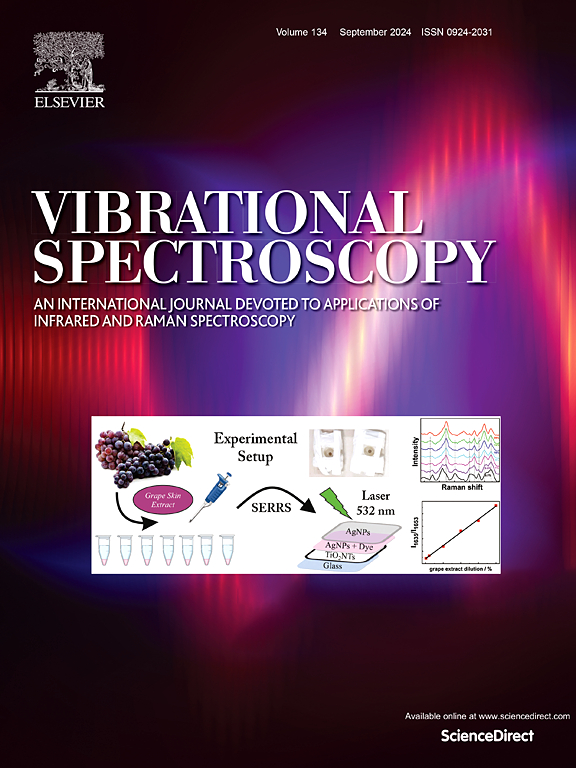An automatic baseline correction method based on reweighted penalised least squares method for non-sensitive areas
IF 3.1
3区 化学
Q2 CHEMISTRY, ANALYTICAL
引用次数: 0
Abstract
Baseline drift is a key problem in spectral analysis. The resolution of the baseline drift problem sets the stage for future spectral analyses. The baseline correction algorithm previously proposed by scholars may result in inaccurate correction in the presence of spectral overlap peak areas and noise interference, and they all have one or more parameters that need to be optimized by the user. Therefore, an Automatic baseline correction algorithm based on reweighted penalised least squares method for non-sensitive areas(NasPLS) was proposed. First, according to the High solution Transmission Molecular Absorption Database (HITRAN) and actual measurements of hydrocarbon gases, several non-sensitive areas appeared between 400 and 4000 wavenumbers. Then, based on the root mean square error(RMSE) values of the original baseline and the fitted baseline in the non-sensitive areas, the minimum RMSE is found to adapt to updating the smoothing parameters and select the optimal . Finally, the proposed NasPLS method was validated using simulated data and actual measured spectra of methane and ethane, the NasPLS achieves precise baseline correction in the presence of noise interference in simulated data. The results of experimental measurements show that the proposed method can accurately perform baseline corrections in complex situations.
一种基于加权惩罚最小二乘法的非敏感区域基线自动校正方法
基线漂移是频谱分析中的一个关键问题。基线漂移问题的解决为未来的光谱分析奠定了基础。学者之前提出的基线校正算法在存在频谱重叠峰区和噪声干扰的情况下,可能会导致校正不准确,并且都有一个或多个参数需要用户进行优化。为此,提出了一种基于非敏感区域重加权惩罚最小二乘法(NasPLS)的自动基线校正算法。首先,根据高溶液透射分子吸收数据库(HITRAN)和烃类气体的实际测量,在400到4000波数之间出现了几个非敏感区域。然后,根据原始基线和非敏感区域拟合基线的均方根误差(RMSE)值,找到适合更新平滑参数的最小均方根误差,选择最优λ;最后,利用模拟数据和实际测量的甲烷和乙烷光谱对该方法进行了验证,在模拟数据中存在噪声干扰的情况下,该方法实现了精确的基线校正。实验测量结果表明,该方法可以在复杂情况下准确地进行基线校正。
本文章由计算机程序翻译,如有差异,请以英文原文为准。
求助全文
约1分钟内获得全文
求助全文
来源期刊

Vibrational Spectroscopy
化学-分析化学
CiteScore
4.70
自引率
4.00%
发文量
103
审稿时长
52 days
期刊介绍:
Vibrational Spectroscopy provides a vehicle for the publication of original research that focuses on vibrational spectroscopy. This covers infrared, near-infrared and Raman spectroscopies and publishes papers dealing with developments in applications, theory, techniques and instrumentation.
The topics covered by the journal include:
Sampling techniques,
Vibrational spectroscopy coupled with separation techniques,
Instrumentation (Fourier transform, conventional and laser based),
Data manipulation,
Spectra-structure correlation and group frequencies.
The application areas covered include:
Analytical chemistry,
Bio-organic and bio-inorganic chemistry,
Organic chemistry,
Inorganic chemistry,
Catalysis,
Environmental science,
Industrial chemistry,
Materials science,
Physical chemistry,
Polymer science,
Process control,
Specialized problem solving.
 求助内容:
求助内容: 应助结果提醒方式:
应助结果提醒方式:


